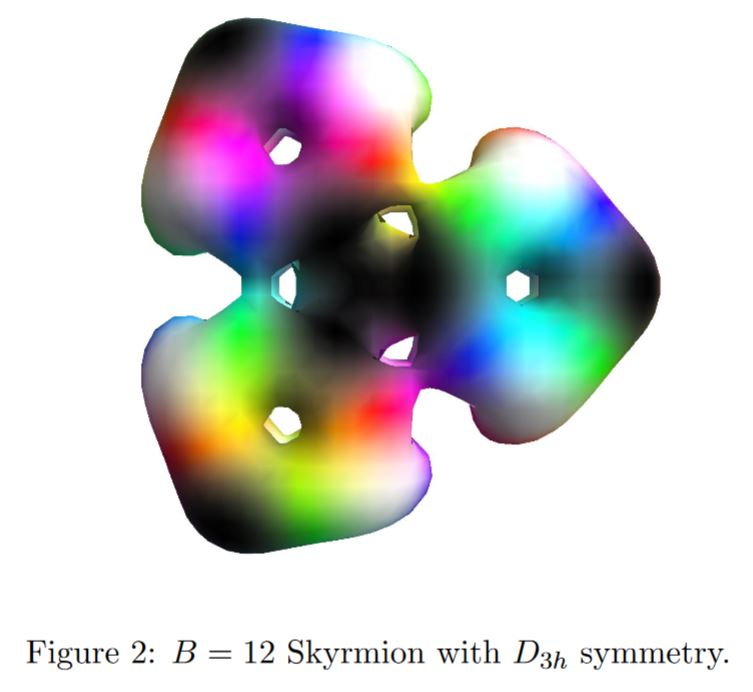nLab carbon
Context
Fields and quanta
fields and particles in particle physics
and in the standard model of particle physics:
matter field fermions (spinors, Dirac fields)
| flavors of fundamental fermions in the standard model of particle physics: | |||
|---|---|---|---|
| generation of fermions | 1st generation | 2nd generation | 3d generation |
| quarks () | |||
| up-type | up quark () | charm quark () | top quark () |
| down-type | down quark () | strange quark () | bottom quark () |
| leptons | |||
| charged | electron | muon | tauon |
| neutral | electron neutrino | muon neutrino | tau neutrino |
| bound states: | |||
| mesons | light mesons: pion () ρ-meson () ω-meson () f1-meson a1-meson | strange-mesons: ϕ-meson (), kaon, K*-meson (, ) eta-meson () charmed heavy mesons: D-meson (, , ) J/ψ-meson () | bottom heavy mesons: B-meson () ϒ-meson () |
| baryons | nucleons: proton neutron |
(also: antiparticles)
hadrons (bound states of the above quarks)
minimally extended supersymmetric standard model
bosinos:
dark matter candidates
Exotica
Contents
Idea
The chemical element with atomic number 6.
Properties
Skyrmion model
At least some aspects of the carbon atomic nucleus may be modeled by Skyrmions

graphics grabbed form Lau-Manton 14
Related entries
References
See also:
- Wikipedia, Carbon
Discussion of the carbon atomic nucleus via the Skyrmion model:
-
P.H.C. Lau, Nicholas Manton, States of Carbon-12 in the Skyrme Model, Phys. Rev. Lett. 113, 232503 (2014) (arXiv:1408.6680)
-
Christoph Adam, Carlos Naya, Andrzej Wereszczyński, Carbon-12 in the generalized Skyrme model [arXiv:2401.08778]
Last revised on January 18, 2024 at 04:38:29. See the history of this page for a list of all contributions to it.